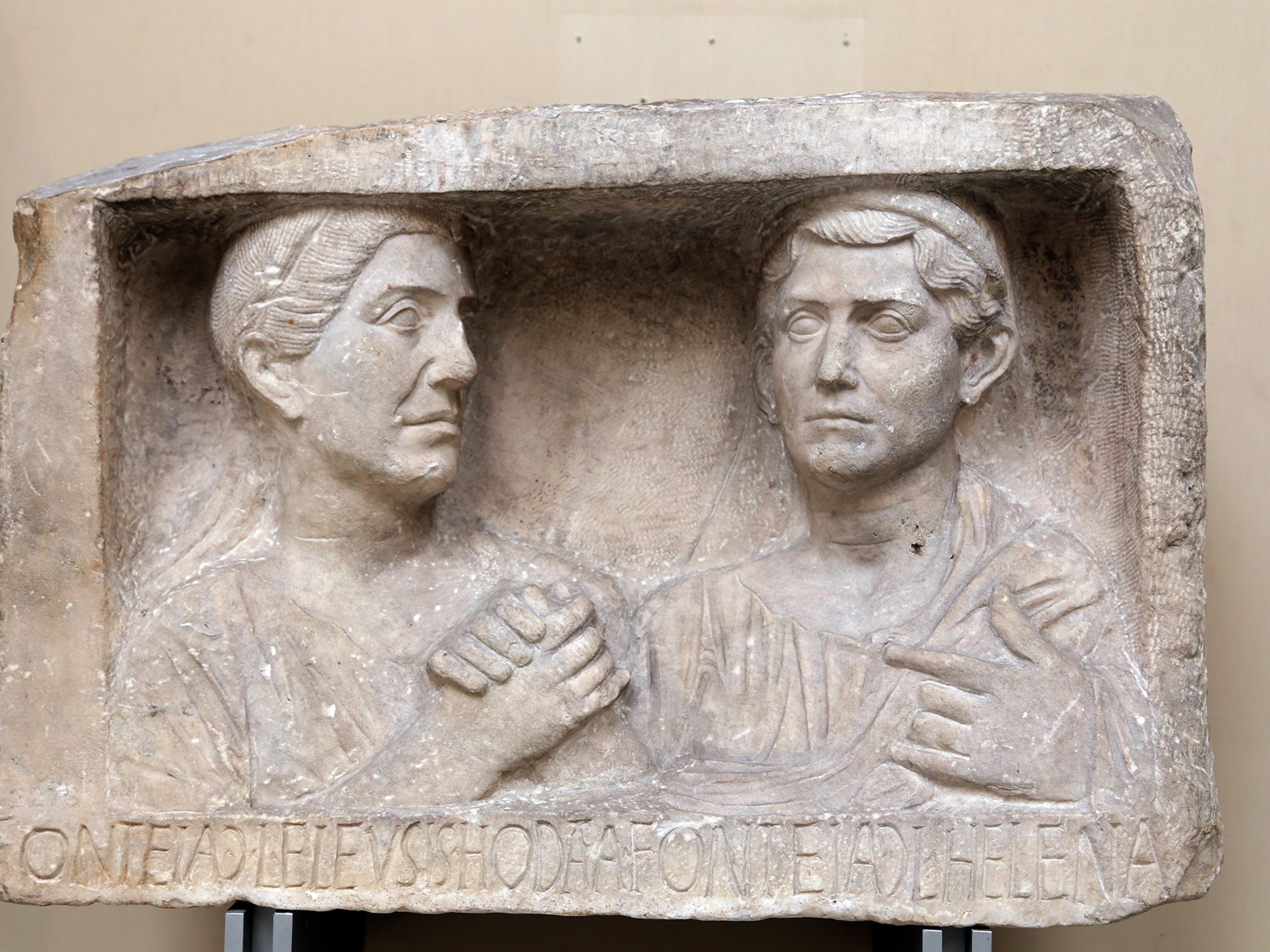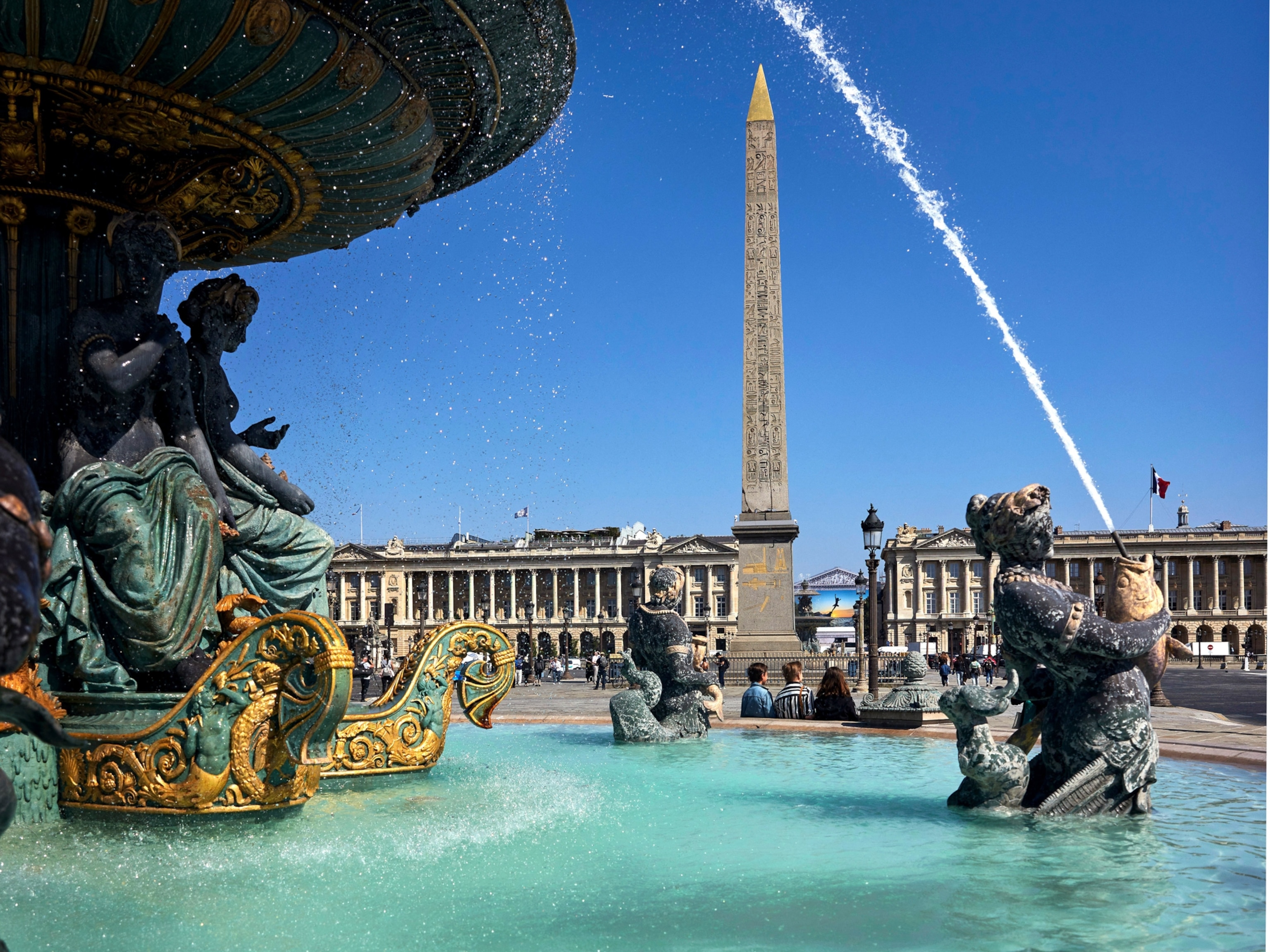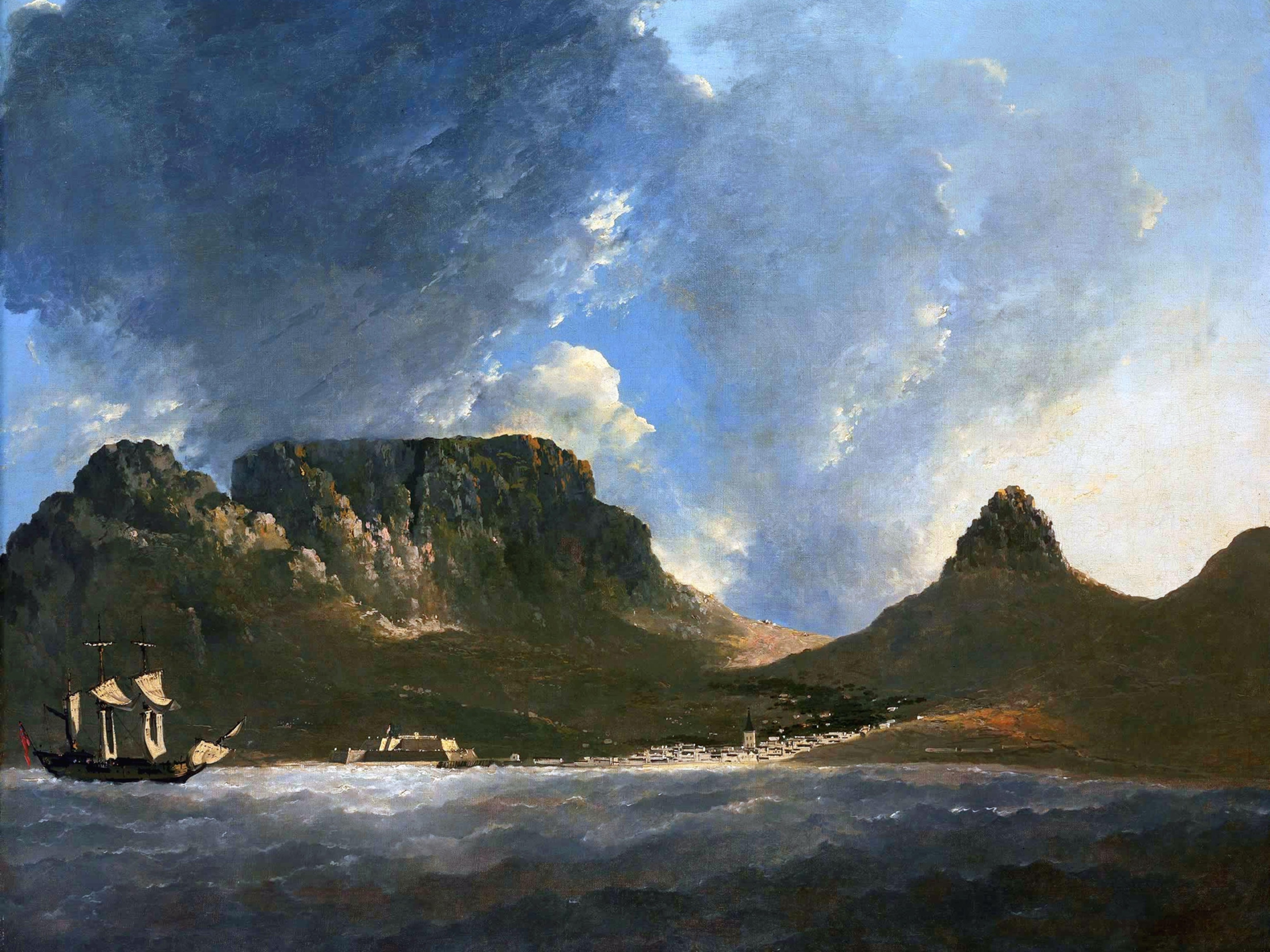Inventors, explorers, builders, traders: These ancient peoples were the innovators of their times
Although written records are scarce for these cultures, archaeological vestiges reveal the impact of their achievements from Oceania to the Americas to Africa.

Much is known about the peoples of ancient Greece, Rome, and Egypt because they left a lot behind: written records, magnificent architecture, and impressive works of art. The traces of some of the world's other great civilizations may not be as plentiful or detailed, but their impacts and achievements are no less notable. Across the globe in five different regions, there are cultures whose legacies are every bit as astounding as the more famous ones.
Pioneers of Oceania
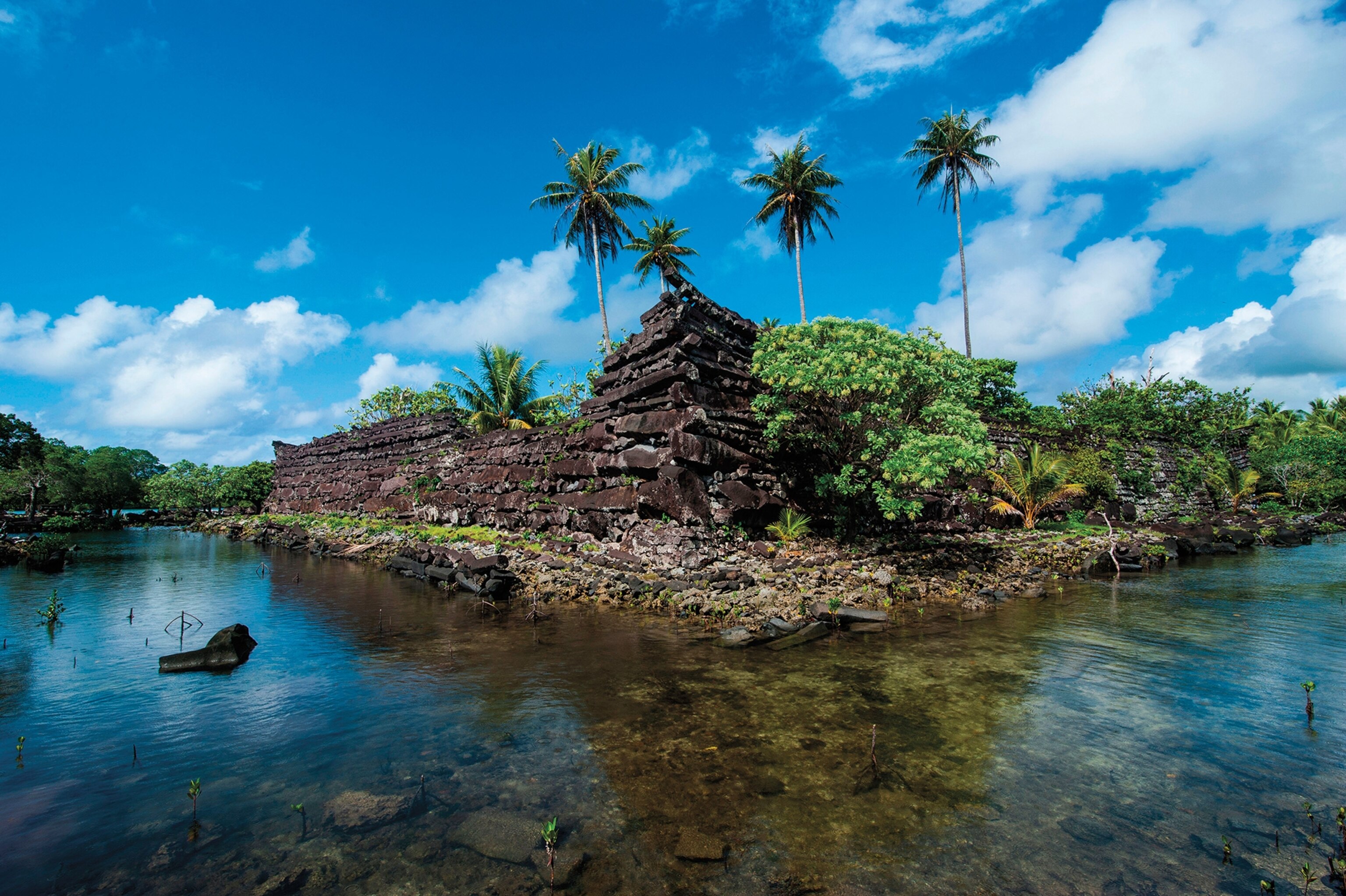
Before laborers were building pyramids in Egypt, skilled seafarers were mastering the waves of the Pacific Ocean. Around 50,000 B.C. humans migrated from Southeast Asia to the landmass of Australia and New Guinea and nearby islands in simple boats outfitted with sails.
Around 8000 B.C., rising seas caused by a warming climate separated Australia and New Guinea. Shortly after, indigenous Oceanians—a group that includes Aboriginal Australians, Papuans, and Austronesians—began exploring and trading along the northern coast of New Guinea. They cruised the open ocean in outrigger canoes, and in succeeding waves of discovery, they settled a host of Pacific Islands. Some archaeologists believe their descendants made it as far as South American shores.


(DNA reveals Native American presence in Polynesia centuries before Europeans)
Ironworkers of Northern Europe
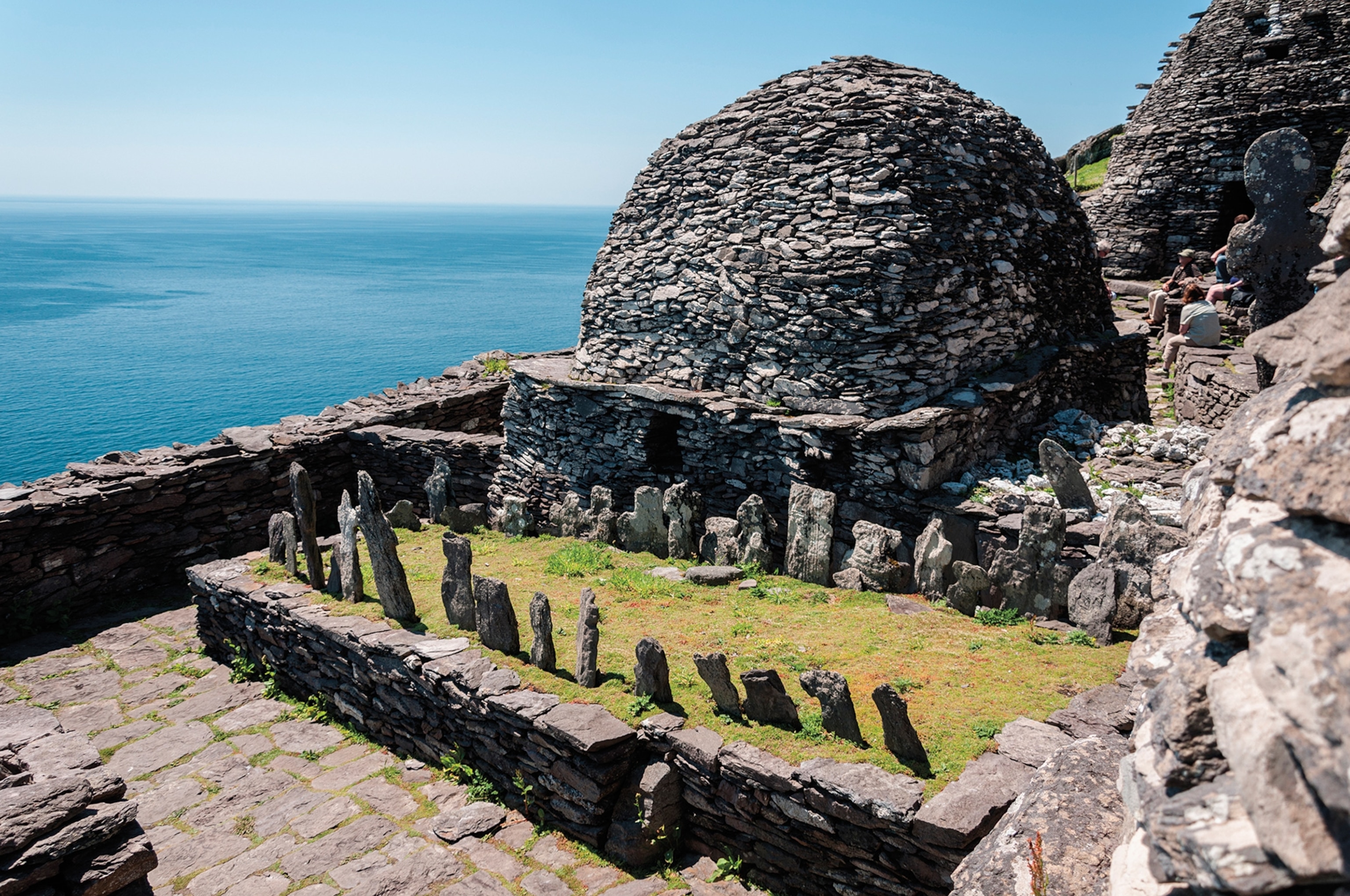
Celtic culture originated around 1000 B.C. along the upper Danube River in central Europe. Rather than a unified people, the Celts were an amalgam of peoples who linguistic and cultural traits were spread out over pre-Roman Europe. Many historians believe that they shared belief systems and language (some versions of which are still spoken in western Europe).
The Celts did not fully develop a writing system, but their craftsmanship allowed them to thrive. With the introduction around 750 B.C. of ironworking—a skill that originated in the Middle East—Celtic communities gained an edge in trade and war. Celtic culture spread across present-day Germany and France to northern Spain and the British Isles, where they thrived for centuries before falling to the Romans.
(Who were the Celts? It's complicated.)
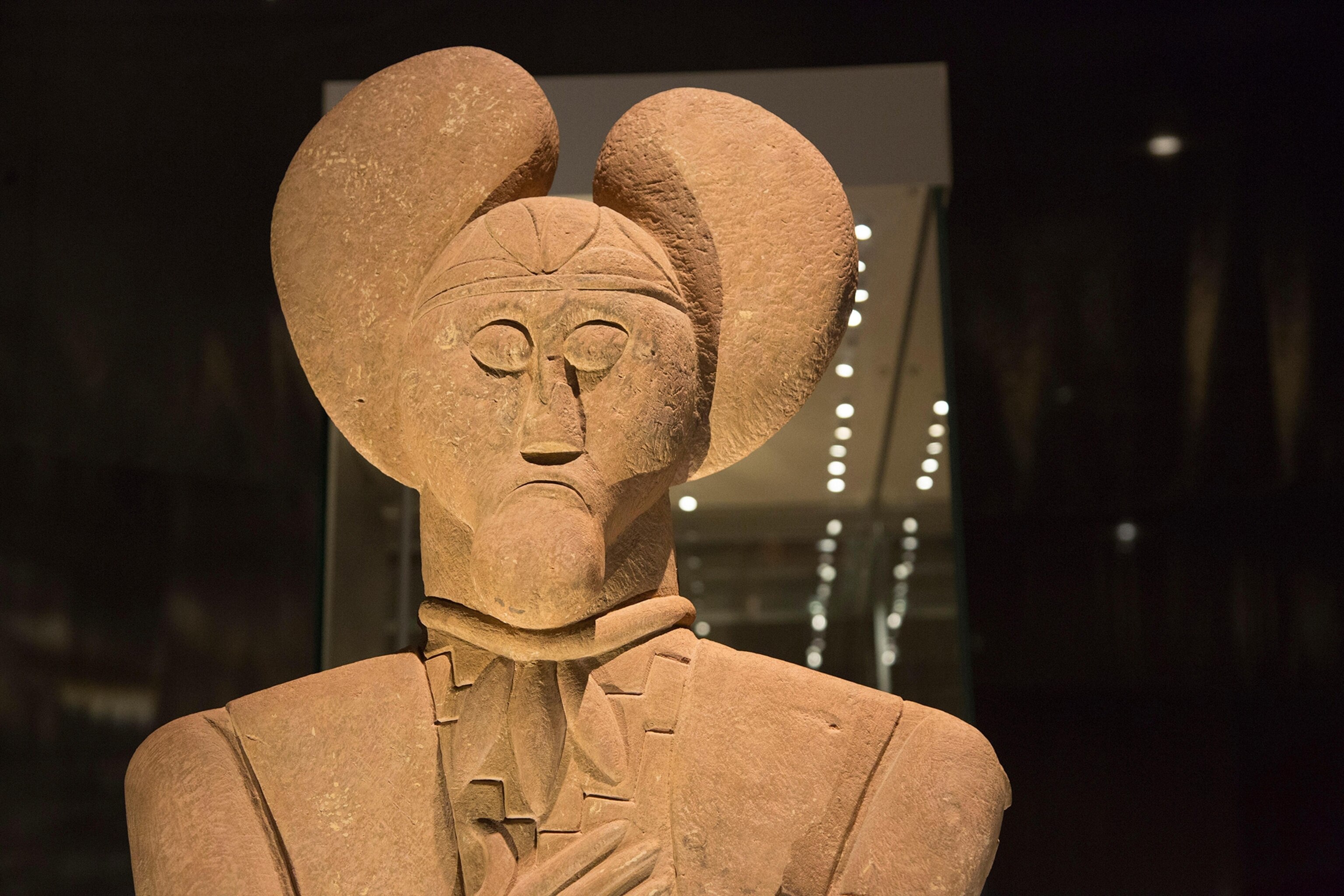
Inventors of Mesoamerica

Originating in small farming villages, the first complex civilization in Mesoamerica began around 1200 B.C. along the Gulf of Mexico. Its people, known as the Olmec, traded; fashioned jewelry from jade, bone, and shell; and recorded historical events in pictographs.
Perhaps their most famous Olmec accomplishment was the invention of rubber—their name comes from a Nahuatl word that means "inhabitant of the rubber country." Archeologists found a number of artifacts indicating that the Olmec extracted latex from local trees and mixed it with juice from vines to create rubber that was used as soles of their sandals, in balls for sports, and as adhesives.
The Olmec were a "mother culture" in central Mexico, and several civilizations evolved after them, including the pyramid builders of Teotihuacan in the Valley of Mexico. Around A.D. 400 the Toltec rose to power in the 10th century, who in turn inspired the Aztecs, who flourished beginning in 1300. These American cultures developed distinctive art styles and systems of government, all overturned when the first Europeans arrived on their shores.
Play ball!

Architects of North America
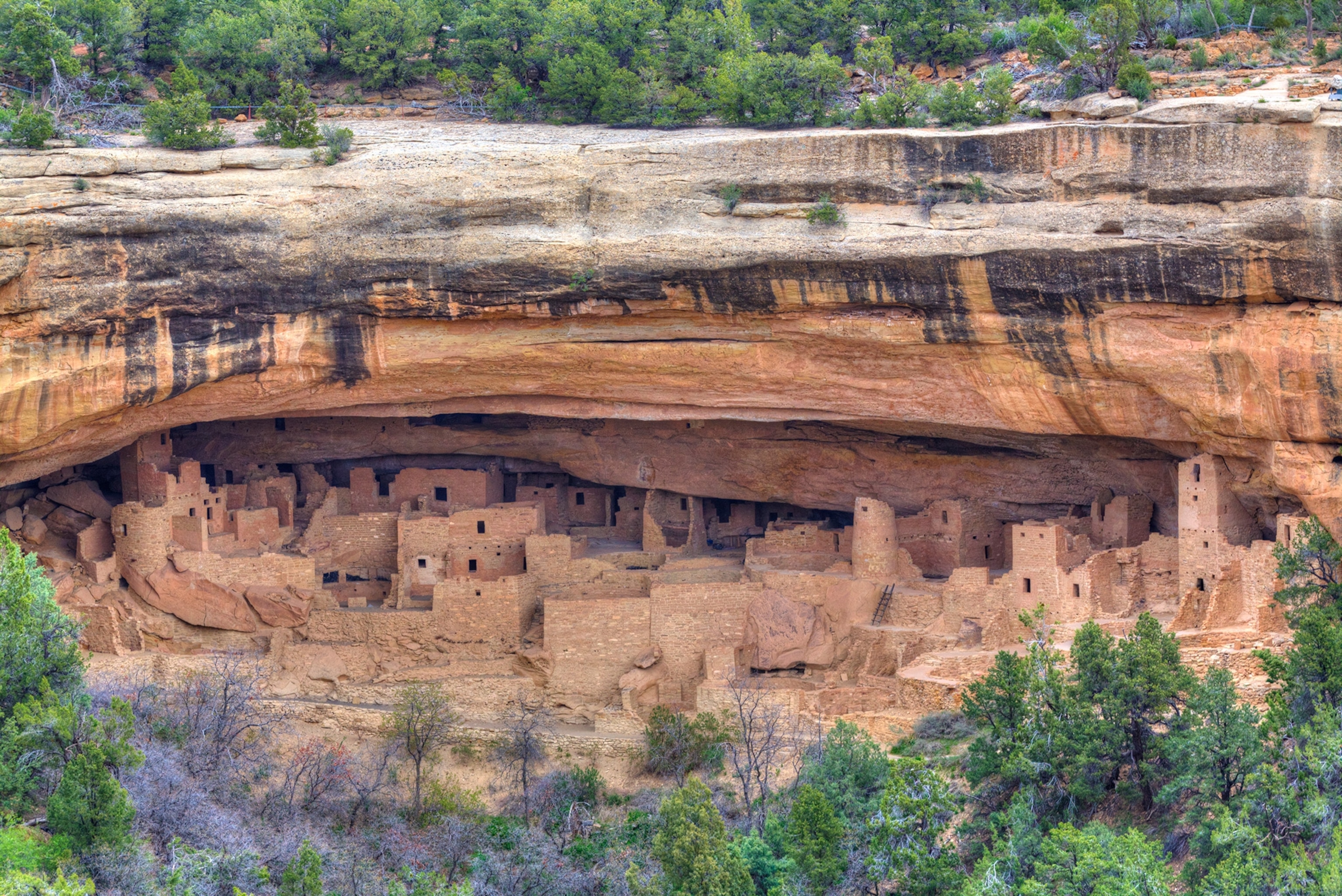
Native American cultures were thriving in North America centuries before the arrival of Europeans. The people in the Mississippi Valley and the desert Southwest developed complex cultures. The cultivation of corn with beans, squash, and other crops gave the Mississippians relief from hunting and fishing.
Thus settled, they could construct sprawling cities such as Etowah (Georgia), Moundville (Alabama), and Cahokia (Illinois), distinguished by giant earthen mounds. In today’s Four Corner areas, ancestors of Puebloan Indians, the ancestral Puebloan (formerly referred to as Anasazi), lived for hundreds of years in elaborate cliffside dwellings and multistory adobe apartments.
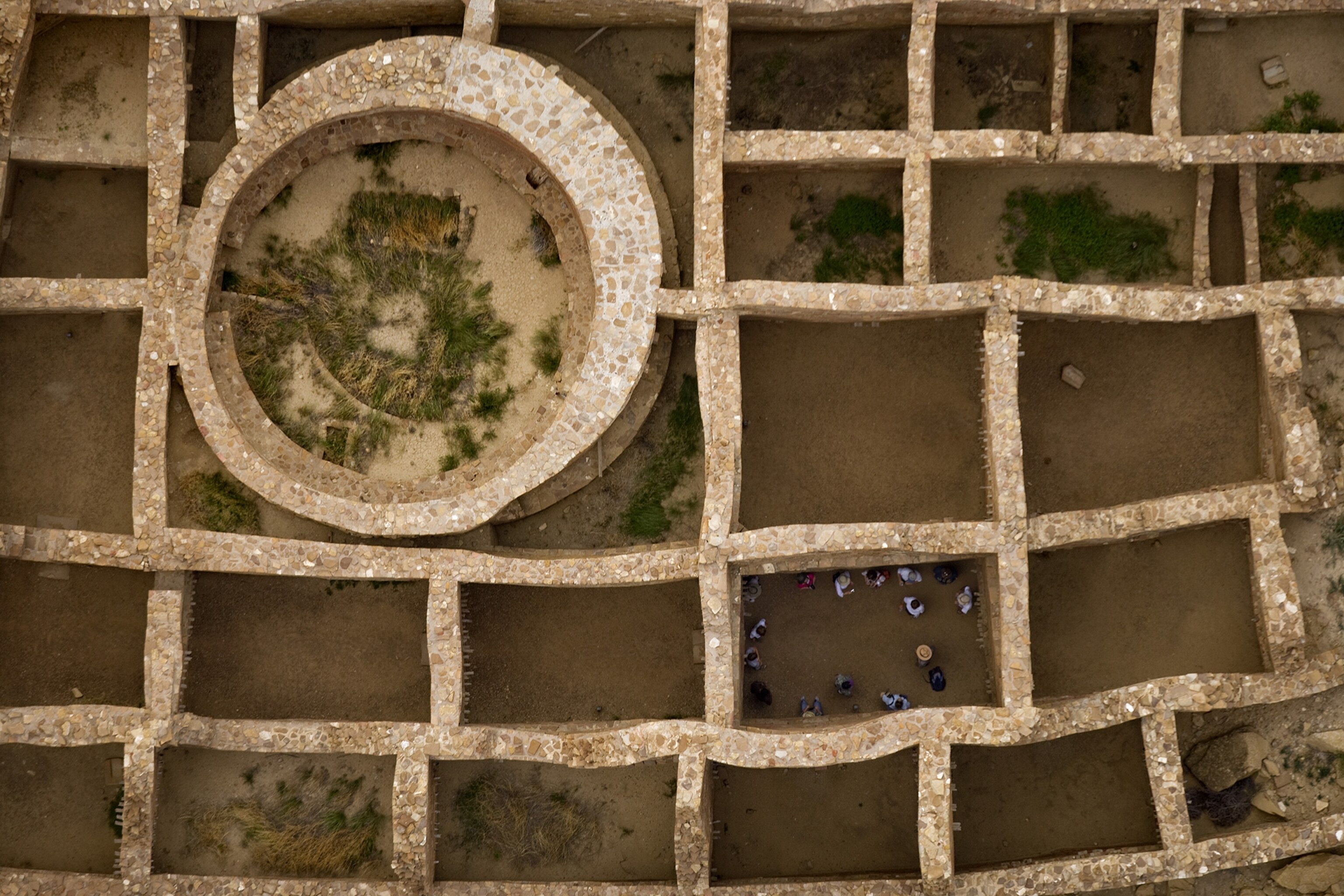
Traders of West Africa

In the Middle Ages, trans-Saharan trade routes connected West Africa’s riches of gold and ivory with Muslim merchants, and several powerful trading kingdoms sprang up. Among them was the Mali Empire, founded by ambitious prince Sundiata in the 13th century, who ruled over a vast area that included such commercial hubs as Djenné and Timbuktu.
Berber invaders took over Timbuktu in the 1400s, only to be ousted by the Songhai Empire. Gaining control of the area’s riches, the Songhai people prospered before falling to Moroccan forces in 1591.
(Why Timbuktu's true treasures are its libraries)



